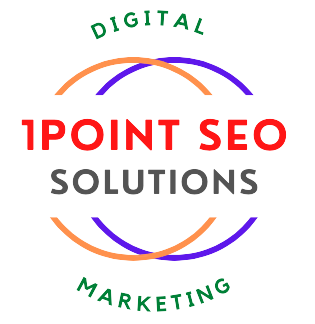[ad_1]
Myth #1: It’s difficult to have a category and product pages
So, misconception number one – and this is a major one right now, because we know how important it is to incorporate direct links into product and category pages for increased search visibility.
But the first misconception I’d like to dispel today is that adding these links to product and category pages is difficult. That is, in truth, absolutely false. It is very likely that you will be able to do so. All you have to do now is make sure you’re giving people a compelling reason to link.
Myth #2: Only no-follow links are provided by top-tier news sites
Let me tell you something: this is absolutely wrong. For a variety of different projects, we’ve received various links from top-tier sites from a variety of different writers, journalists, and for a variety of different readers. Being aware of this and being prepared before submitting the campaign is the best way to conquer this obstacle.
There are editorial policies in place inside top-tier blogs. It’s possible that you collaborate with key contacts, webmasters, and authors to figure out what those editorial policies are so that you can balance the needs of internal stakeholders as well as clients.
You must conduct analysis. When you start pursuing individual journalists and writers, look to see if they link. Nine times out of ten, you’ll be able to tell whether there’s a probability of obtaining a link by reading three or four of their previous posts. That starts to give you an idea of how their editorial policies could look and feel. Then, of course, you must be prepared to provide them with a reason to link, which is the most crucial point to remember with this second one. If you need help with this there are many SEO services in Canada that can make your life easier.
You must give them a reason to do so, whether by a good data visualisation campaign, an offer, or some insights on your client’s or your own branded website. You have to offer them something to make them want to use the link in their post.
Myth #3: You can only send pitches early in the morning
This is, once again, a total fabrication. To name a few, some of our most popular campaigns have been presented in the afternoon, after lunch and before the editorial afternoon meeting, and we’ve had some big, huge successes pitching our campaigns on a Friday afternoon if they’re a little bit fun and light-hearted.
As a result, I’d like you to toss the alarm clock out the window. Journalists should not put any pressure on you to get the email into their inbox before 9:00 a.m. actually, at that stage, I would take a step back, do some research, and experiment. Carry out some A/B tests.
Myth #4: Relevancy isn’t king
But today I’d like to dispel the misconception that relevancy isn’t king.
Last month, in February, John Mueller published a short snippet emphasising that having one high-quality, relevant link is the equivalent of having hundreds with a lower DA and less relevancy.
This gives you a better understanding of Google’s direction. That is a clear indication from both John and Google that we should be thinking about relevancy, and the term “content is king” needs to change to “relevancy is king,” because brands will be rewarded and their search visibility will definitely improve as a result of having highly important and high-quality followed links pointing back to the domain.
Myth #5: You can’t ask for a link
You can absolutely request a connection from a webmaster, a writer, or a journalist at a top-tier publication, whoever they are, if they have covered your material, your campaign, your insights, or whatever it was. As I mentioned earlier, not every office, researcher, or journalist will provide you with that connection if you ask for it.
However, if you don’t ask, you won’t get. So, you may receive a no follow link. It’s possible that a link will be added in a couple of weeks, for example. It’s important to conduct yourself in a courteous and respectful manner. Do not be demanding. But if you send a simple, short note to the writer after a piece of coverage or an article goes live, thanking them for their time and saying it’s been great working with them, and then say it’d be great if you could fully credit the brand by including a link to XYZ or whatever your campaign or homepage is, chances are they’ll do one of two things- – tell you no, it’s not what they do or add it in.
Here, there’s a 50/50 chance of success. But it’s worth taking the chance and giving it a shot. These are the top five myths, all of which are still very relevant today. They’re the ones that get a lot of attention on social media. Contact your SEO company Toronto to help you with this while you focus on your bottom line.
[ad_2]
Source by Arun Kirupa
